Master of ceremonies Philippe Parreno brings the Turbine Hall to life
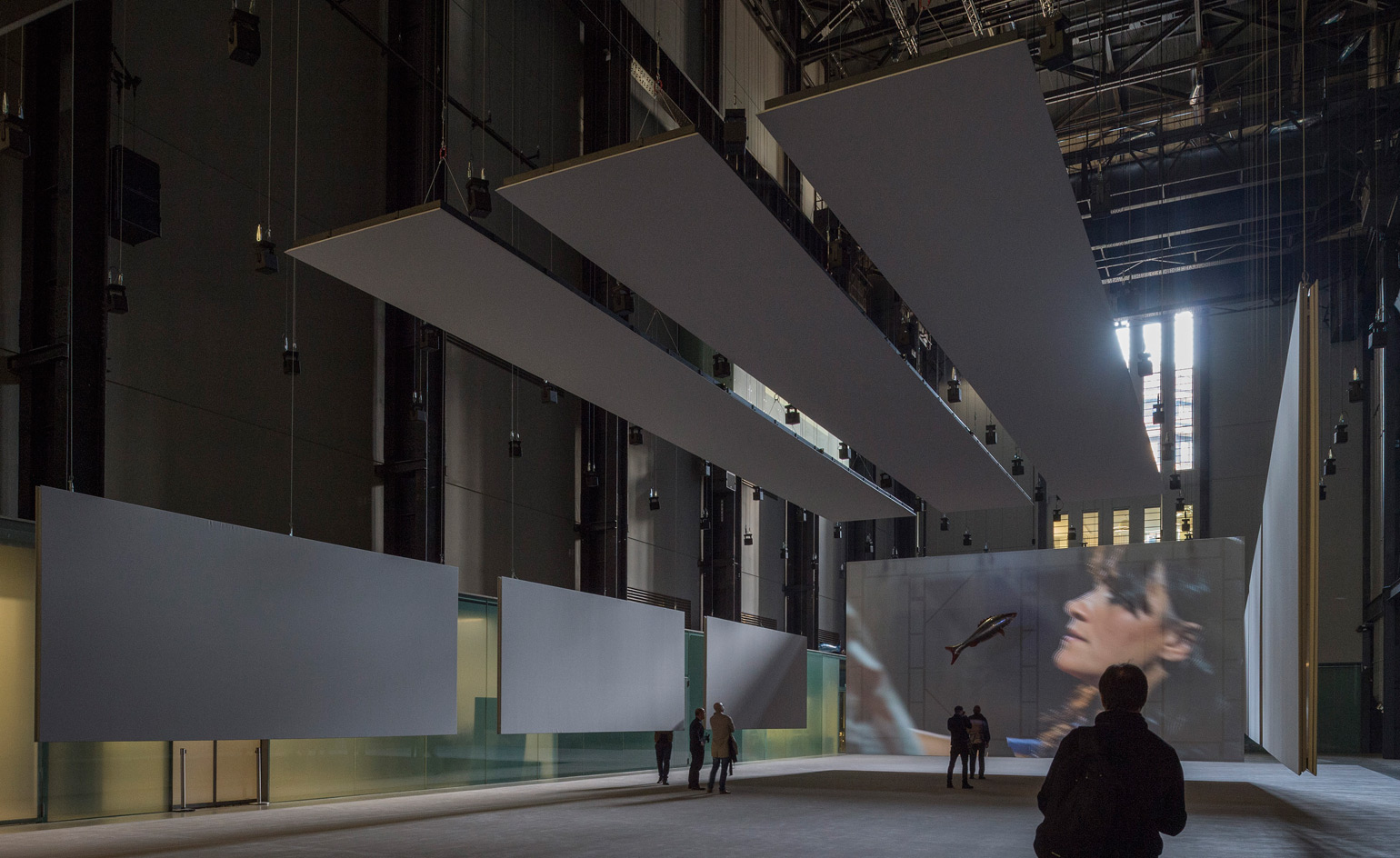
When Herzog and de Meuron’s highly anticipated Switch House extension opened at the Tate Modern in June this year, the cavernous Turbine Hall that was once a ‘dead end’ within the museum became its heart; a space that leads visitors across from the original riverside building to the new galleries.
It was a change of circulation that was closely observed by the Hall’s latest resident, French artist Philippe Parreno, whose installation Anywhen opens today as the second in a new series of annual site-specific Turbine Hall commissions sponsored by Hyundai.
A master of the immersive, Parreno is the perfect candidate to take on the halls’ cavernous space – he was famously the first artist to take on all 22,000 sq m at the Palais de Tokyo in 2013 and just last year he filled New York’s gargantuan Park Avenue Armory with his show, 'H {N)Y P N(Y} OSIS’.
‘There has never been a project that has used the Turbine Hall in this way,’ says Tate assistant curator Vassilis Oikonomopoulos of Parreno’s typically immersive installation, ‘not topologically, not technically or even architecturally.’
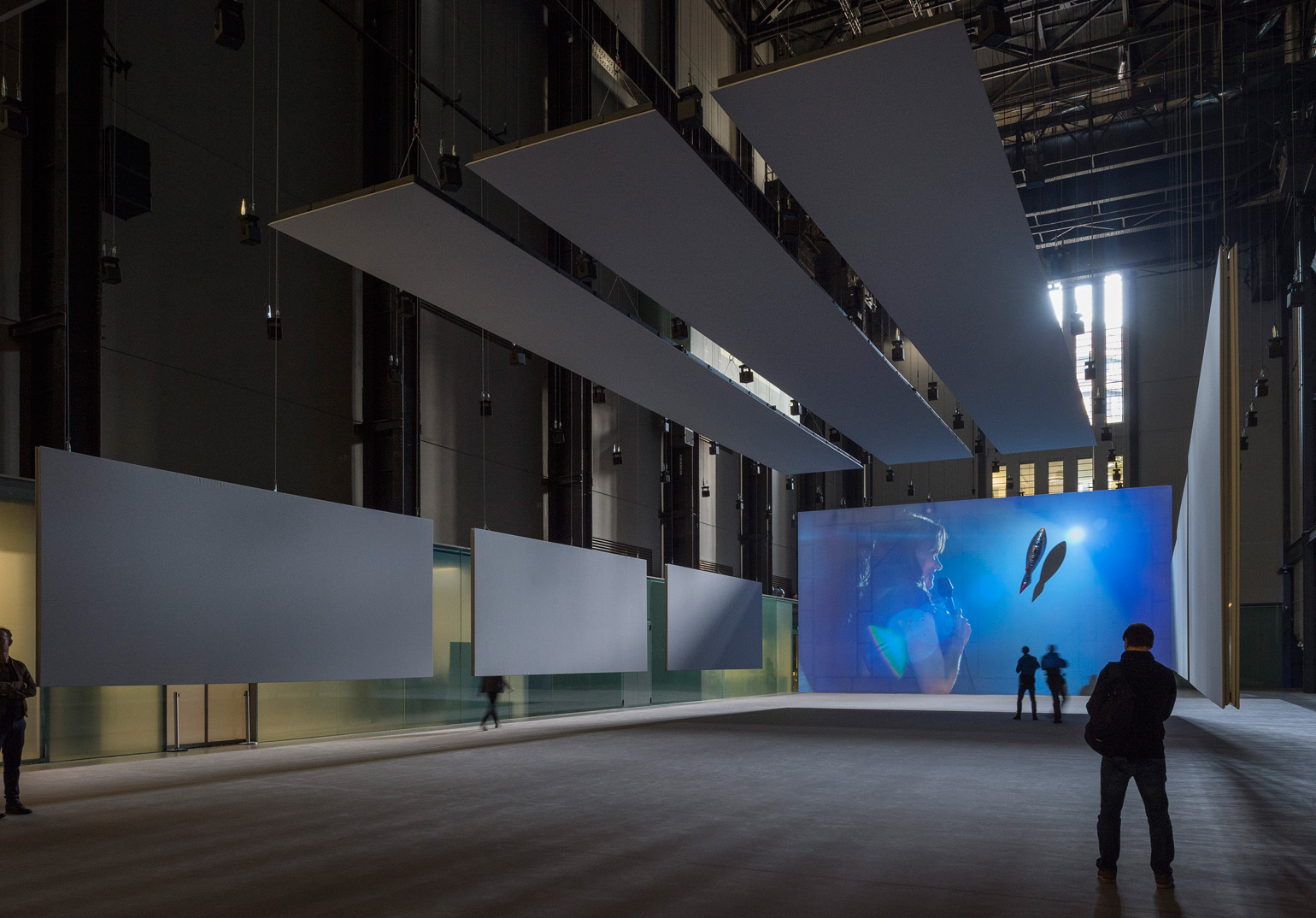
A new hypnotic video work features a performance by ventriloquist Nina Conti. Courtesy of Tate Photography.
Keen to extract elements of the Hall and integrate them into his ‘living’ exhibition, Parreno became the first ever artist with a Turbine commission to go and talk to the architects, visiting Jacques Herzog and Pierre de Meuron at their offices in Basel in order to better understand the design of the space.
The result is an exhibition that sees Parreno ‘playing’ the Hall like an instrument, so that visitors approaching from all entrances can't help but be drawn into the spectacle. As music and sound designed by Nicolas Becker with Cengiz Hartlap blares out, the Turbine’s light boxes flash in time, a temporary cinema space gracefully drops down from the ceiling and a shoal of inflatable fish float serenely past. A ghost-like white marquee – a familiar accoutrement from the Parreno toolbox – is installed on the Turbine Hall’s Level 1 bridge alongside a moving spotlight (made in collaboration with Liam Gillick) that snakes through the hall on a rail casting beautiful shadows as it goes. Elsewhere, the outside is brought inside in the form of daylight from the Hall’s towering windows as well as live sounds that have been recorded on microphones placed in and around the building.
The suspended cinema space, that consists of one vast screen, a grid of speakers and a series of vertical and horizontal acoustic panels engineered by Kvadrat, glides up and down in various configurations, occasionally stopping to show one of two films including a new hypnotic work that features underwater footage of a brilliant bioluminescent cuttlefish as well as a performance by ventriloquist Nina Conti.
Here, beneath the suspended cinema, visitors are encouraged to stop and sit on the specially-installed carpet; to take a moment to get lost in the experience, creating what the artist calls a ‘temporary community’. ‘The fact that it’s a free exhibition changes the perspective,’ says Oikonomopoulos. ‘The opportunities are much bigger for creating a more diverse community. It won’t just be your typical museum visitors here; unexpected types of people will come in that have no idea about Philippe or his work.’
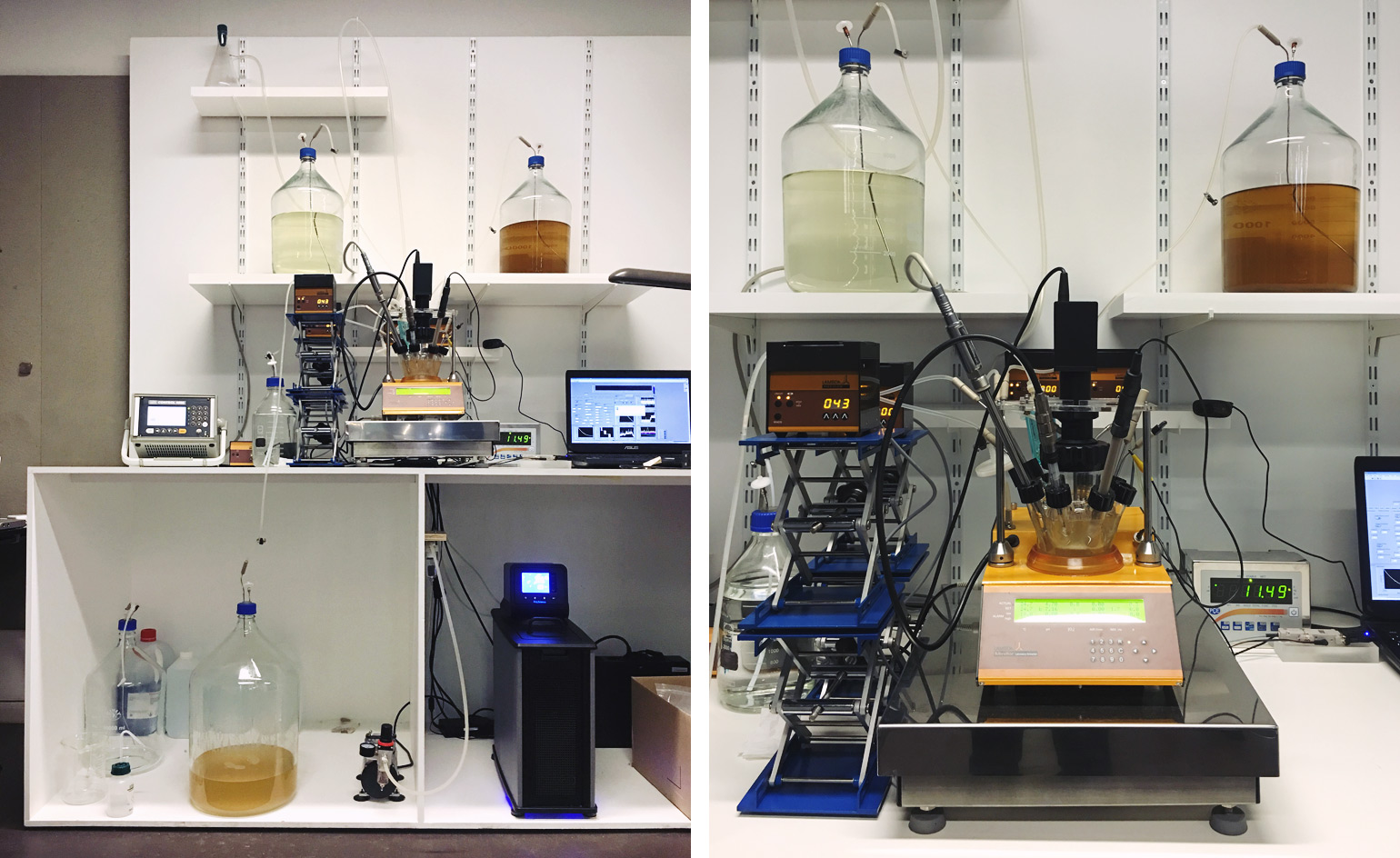
The mysterious bioreactor installed at the back of the hall was engineered by scientists Jean-Baptiste Boulé and Nicolas Desprat. Photography: Antonio Camera.
Another defining feature of Anywhen is that, unlike previous Parreno exhibitions, there will be no loop of planned sequences. Instead its form will be more organic, constantly changing throughout the day and even over the course of its six-month lifespan so that every visitor has a new experience. This is, in part, due to a mysterious bioreactor that is installed at the back of the hall.
Conceived and engineered by scientists Jean-Baptiste Boulé and Nicolas Desprat, the bioreactor was first introduced by Parreno as part of ‘IF THIS THEN ELSE’, an exhibition held earlier this year at the Gladstone Gallery. Connected to sensors on the roof and within the hall, the laboratory set-up, which can be viewed through a glass screen, is fed information about changes in light and humidity. In response to the data, the microorganisms within the bioreactor create patterns that will then trigger sequences of movement within the space.
As a whole, the effect is beguiling; like being inside a disorientating collage made up of layers of natural and artificial sound and light that eradicate any sense of perspective or scale. ‘We had no idea how poetic it would be and how many surprises we would have,’ says Oikonomopoulos of the six-week installation process. ‘When there are so many elements and they finally come together the combination of them often left us speechless.’
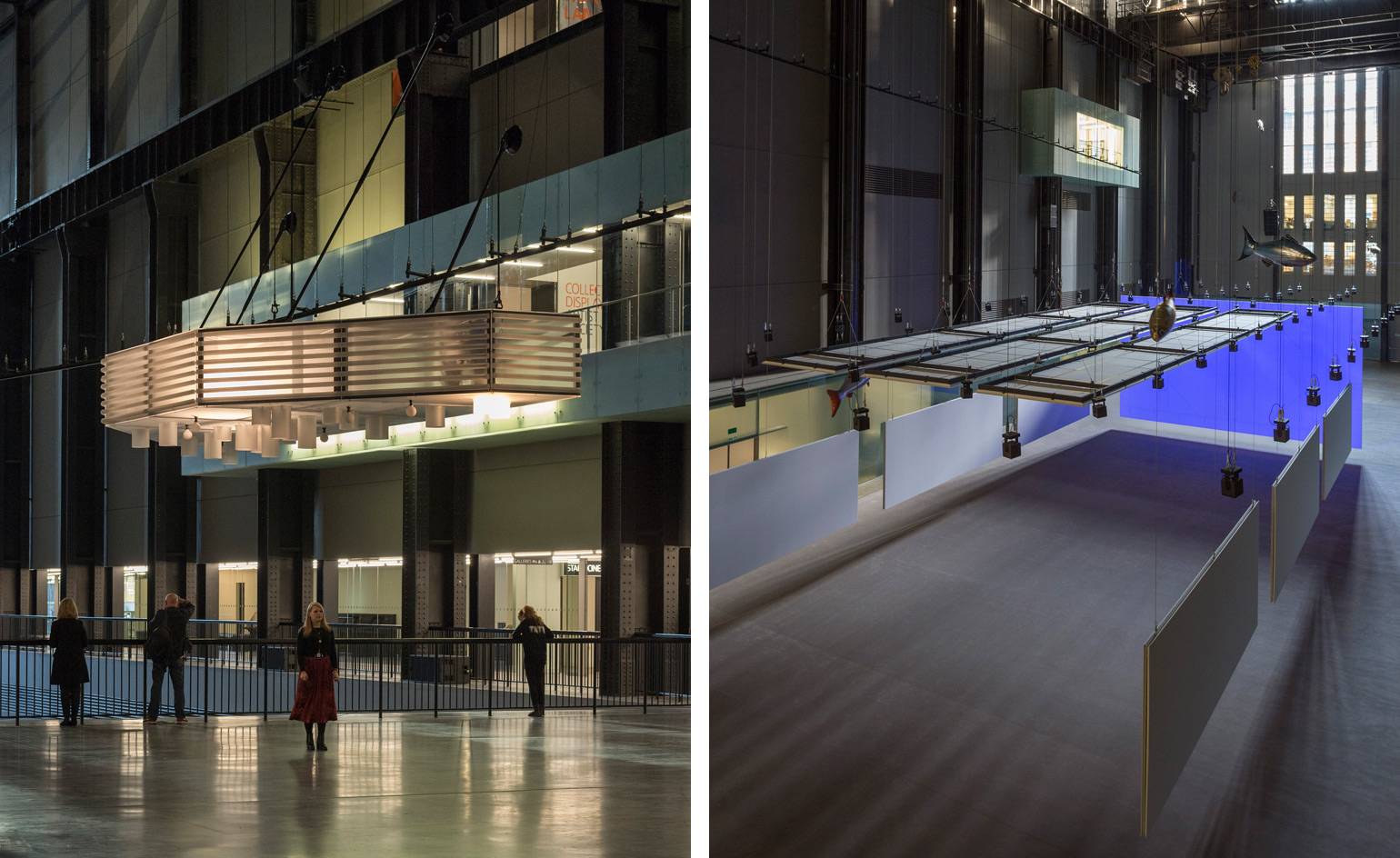
Pictured left: a ghost-like white marquee is installed on the Turbine Hall’s Level 1 bridge. Right: the suspended, gliding cinema space occasionally stops to show one of two films. Courtesy of Tate Photography.
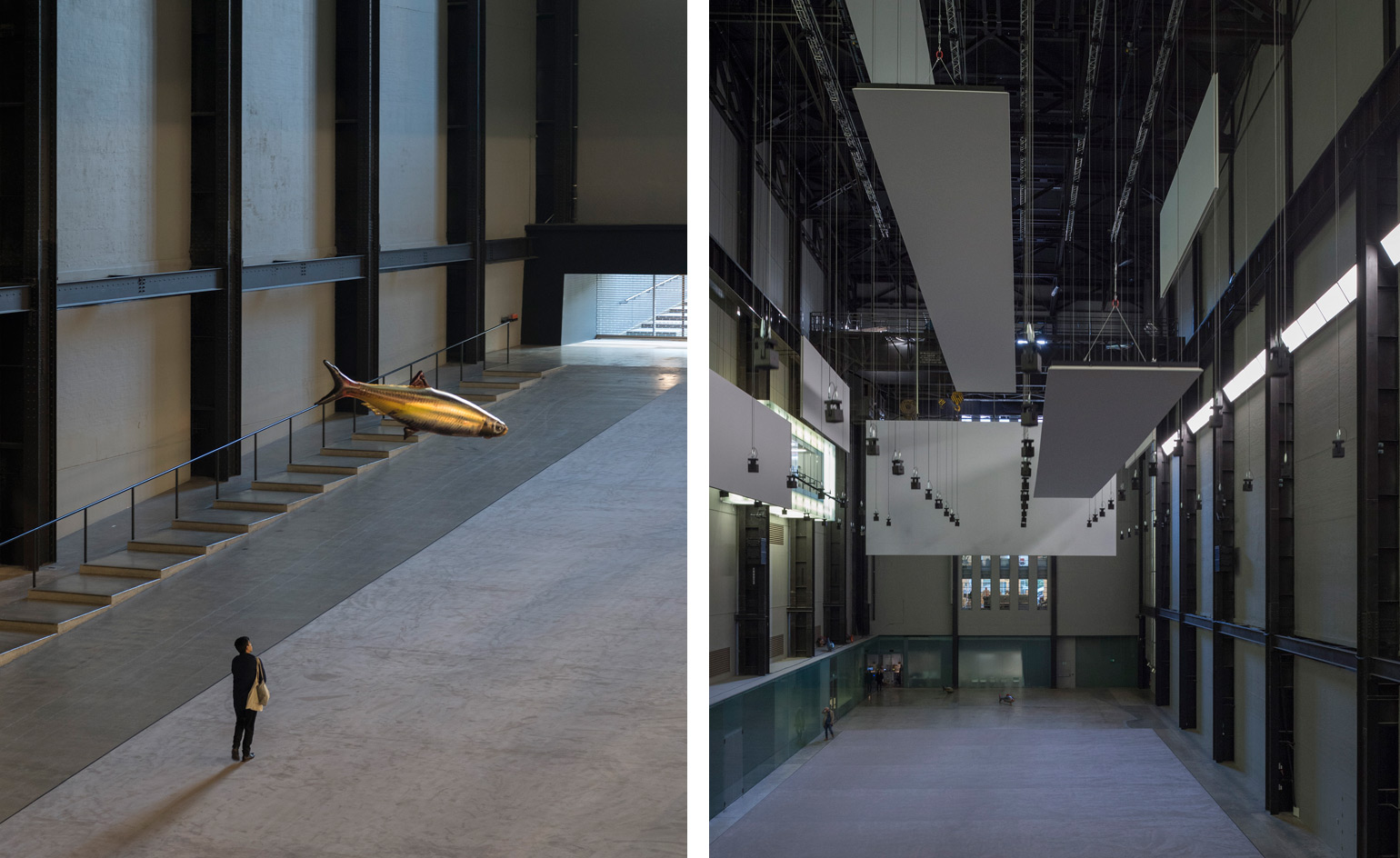
Here, beneath the suspended cinema, visitors are encouraged to stop and sit on the specially-installed carpet; to take a moment to get lost in the experience, creating what the artist calls a ‘temporary community’. Courtesy of Tate Photography.
INFORMATION
'Hyundai Commission: Philippe Parreno', supported by Kvadrat, is on view until 2 April 2017. For more information, visit the Tate Modern's website.
ADDRESS
Tate Modern
Bankside
London, SE1 9TG
Wallpaper* Newsletter
Receive our daily digest of inspiration, escapism and design stories from around the world direct to your inbox.
Ali Morris is a UK-based editor, writer and creative consultant specialising in design, interiors and architecture. In her 16 years as a design writer, Ali has travelled the world, crafting articles about creative projects, products, places and people for titles such as Dezeen, Wallpaper* and Kinfolk.
-
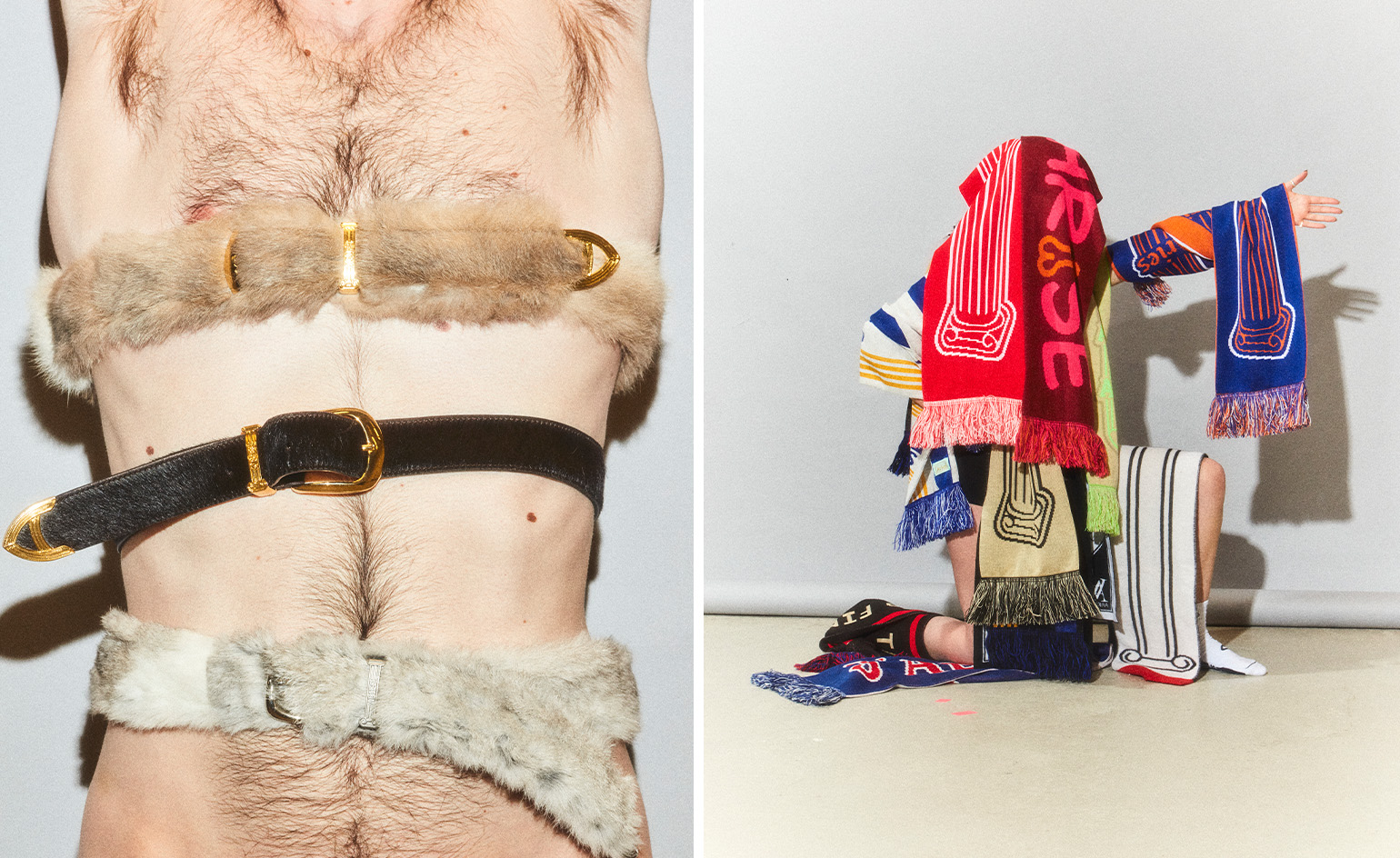 ‘Independence, community, legacy’: inside a new book documenting the history of cult British streetwear label Aries
‘Independence, community, legacy’: inside a new book documenting the history of cult British streetwear label AriesRizzoli’s ‘Aries Arise Archive’ documents the last ten years of the ‘independent, rebellious’ London-based label. Founder Sofia Prantera tells Wallpaper* the story behind the project
By Jack Moss
-
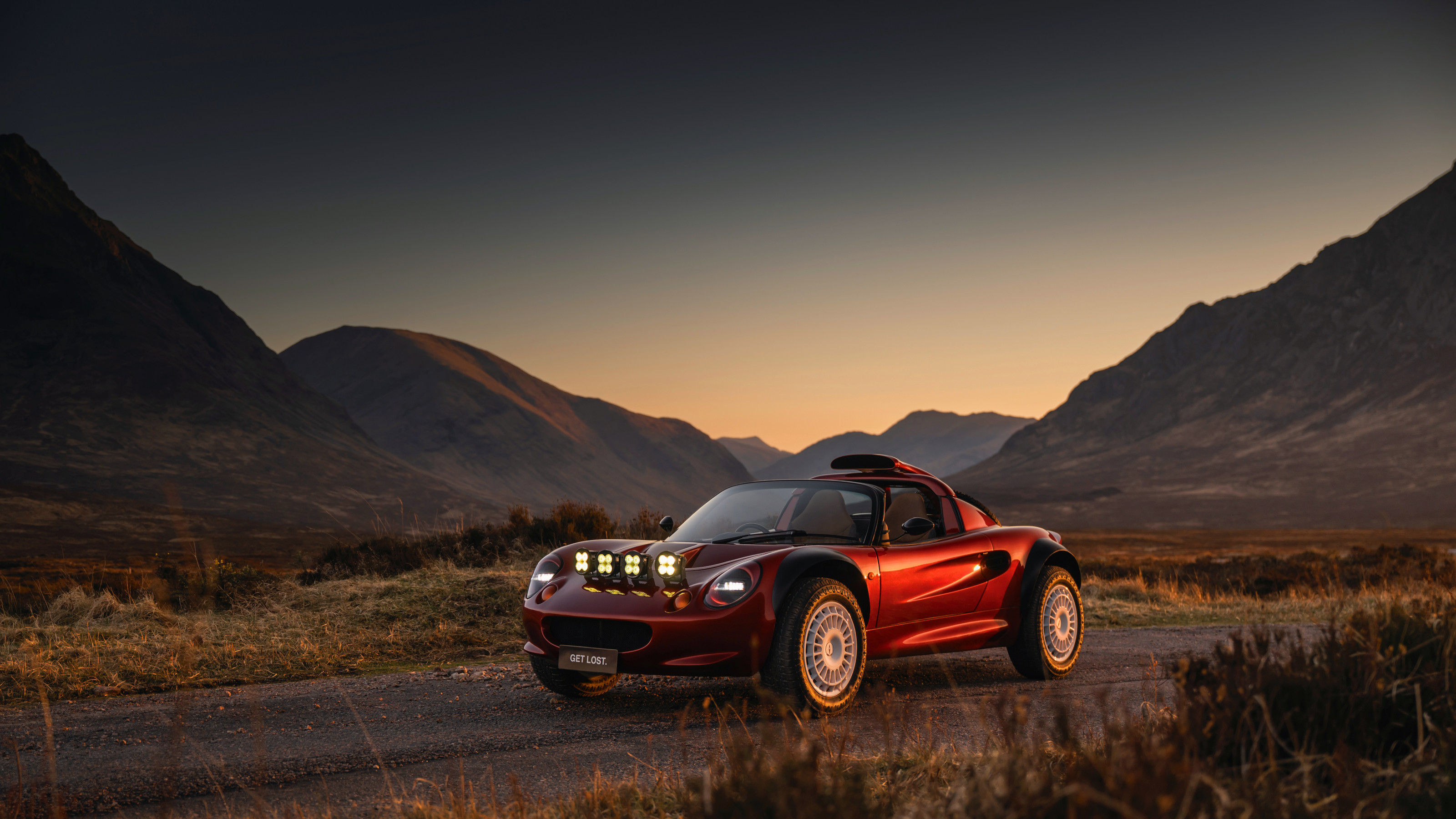 Head out to new frontiers in the pocket-sized Project Safari off-road supercar
Head out to new frontiers in the pocket-sized Project Safari off-road supercarProject Safari is the first venture from Get Lost Automotive and represents a radical reworking of the original 1990s-era Lotus Elise
By Jonathan Bell
-
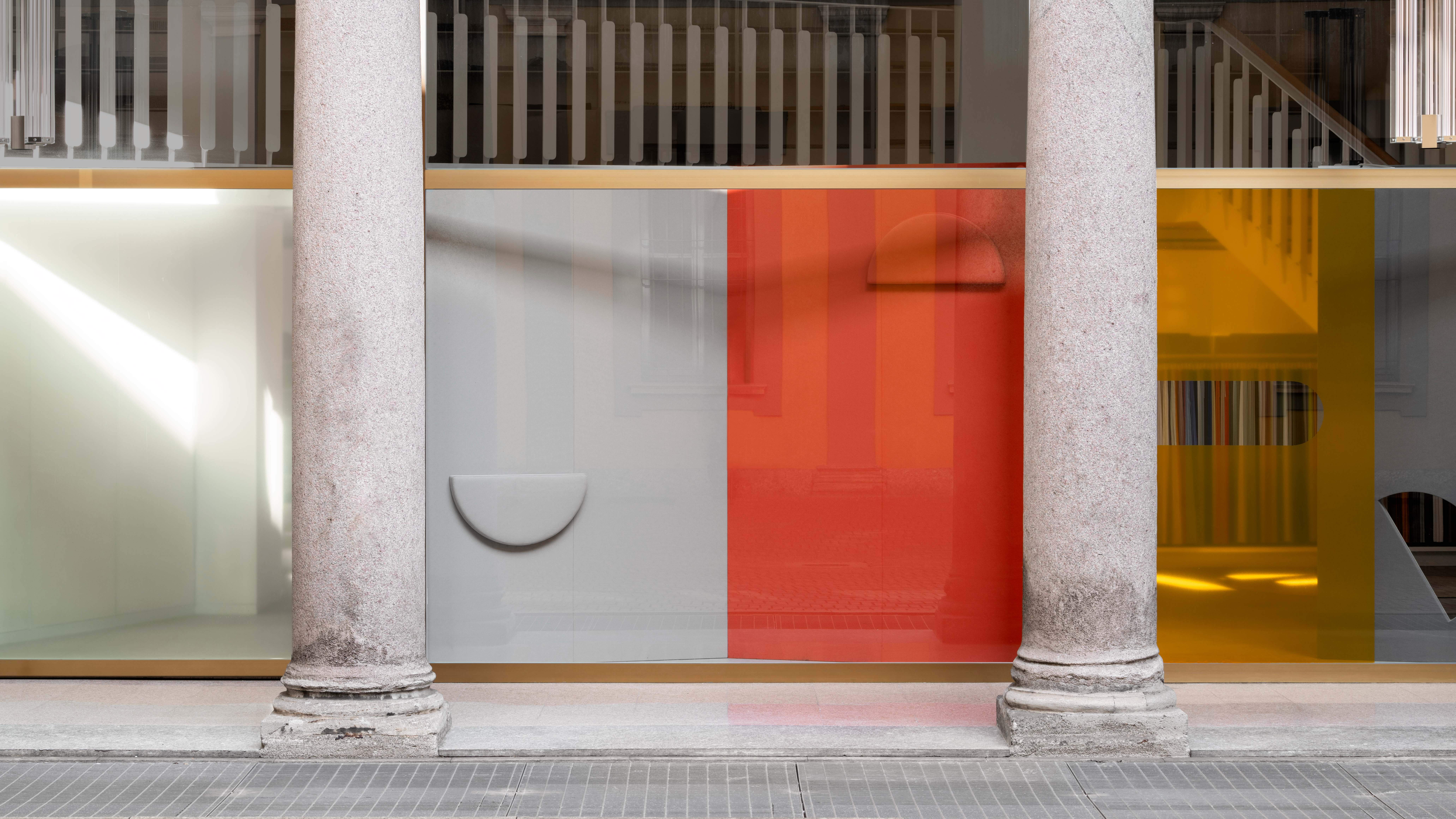 Kapwani Kiwanga transforms Kvadrat’s Milan showroom with a prismatic textile made from ocean waste
Kapwani Kiwanga transforms Kvadrat’s Milan showroom with a prismatic textile made from ocean wasteThe Canada-born artist draws on iridescence in nature to create a dual-toned textile made from ocean-bound plastic
By Ali Morris
-
 The art of the textile label: how British mill-made cloth sold itself to Indian buyers
The art of the textile label: how British mill-made cloth sold itself to Indian buyersAn exhibition of Indo-British textile labels at the Museum of Art & Photography (MAP) in Bengaluru is a journey through colonial desire and the design of mass persuasion
By Aastha D
-
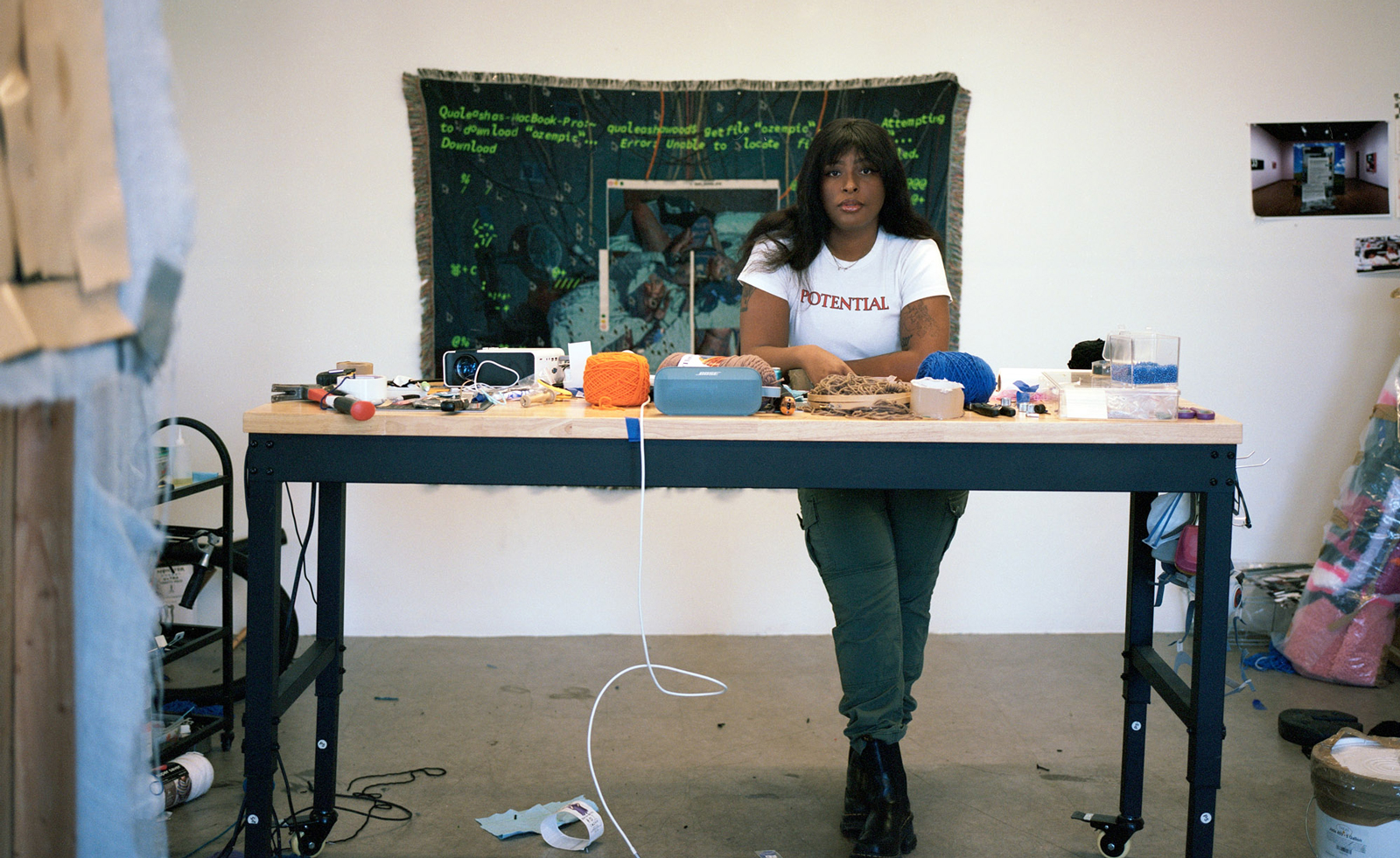 Artist Qualeasha Wood explores the digital glitch to weave stories of the Black female experience
Artist Qualeasha Wood explores the digital glitch to weave stories of the Black female experienceIn ‘Malware’, her new London exhibition at Pippy Houldsworth Gallery, the American artist’s tapestries, tuftings and videos delve into the world of internet malfunction
By Hannah Silver
-
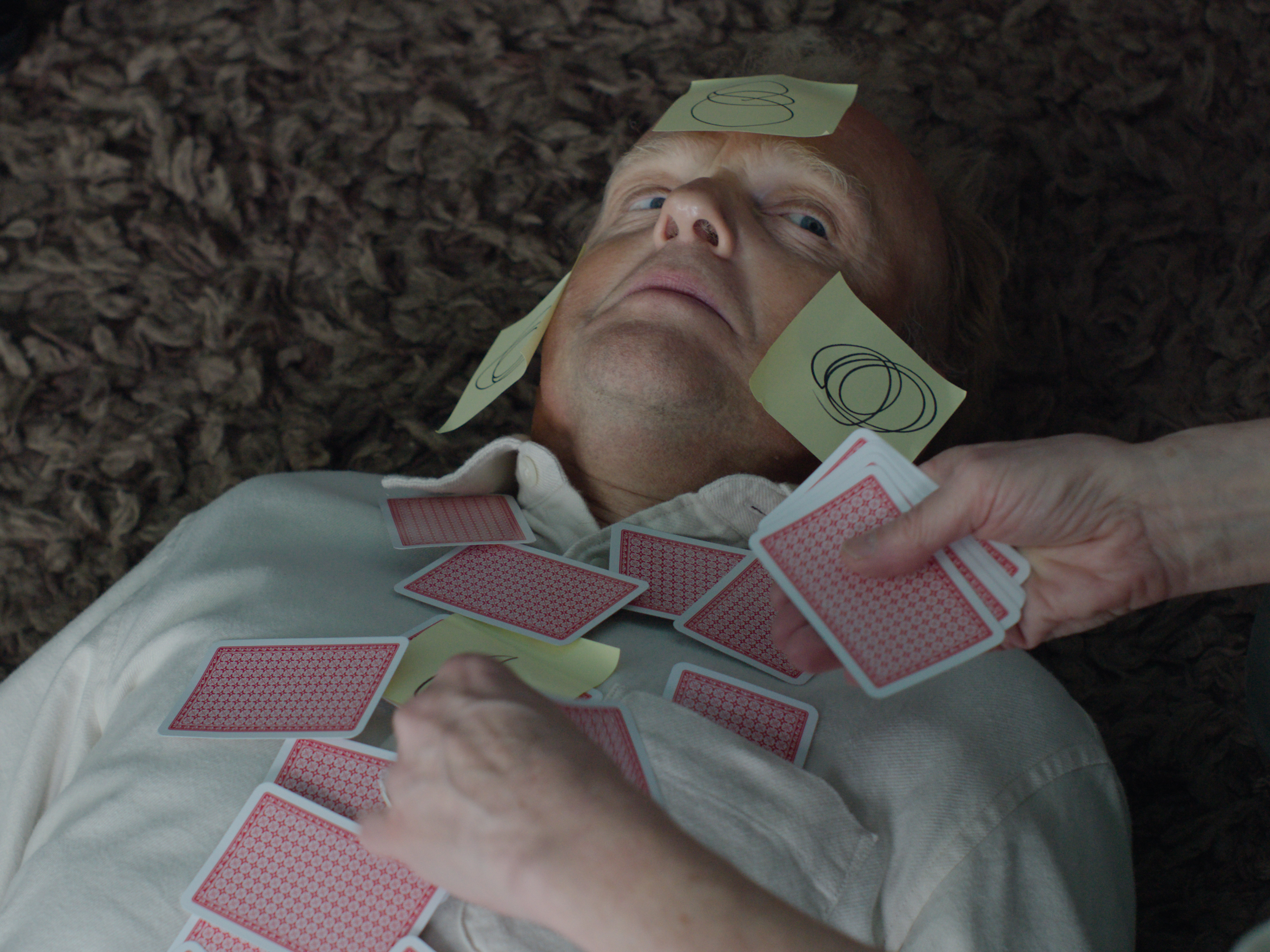 Ed Atkins confronts death at Tate Britain
Ed Atkins confronts death at Tate BritainIn his new London exhibition, the artist prods at the limits of existence through digital and physical works, including a film starring Toby Jones
By Emily Steer
-
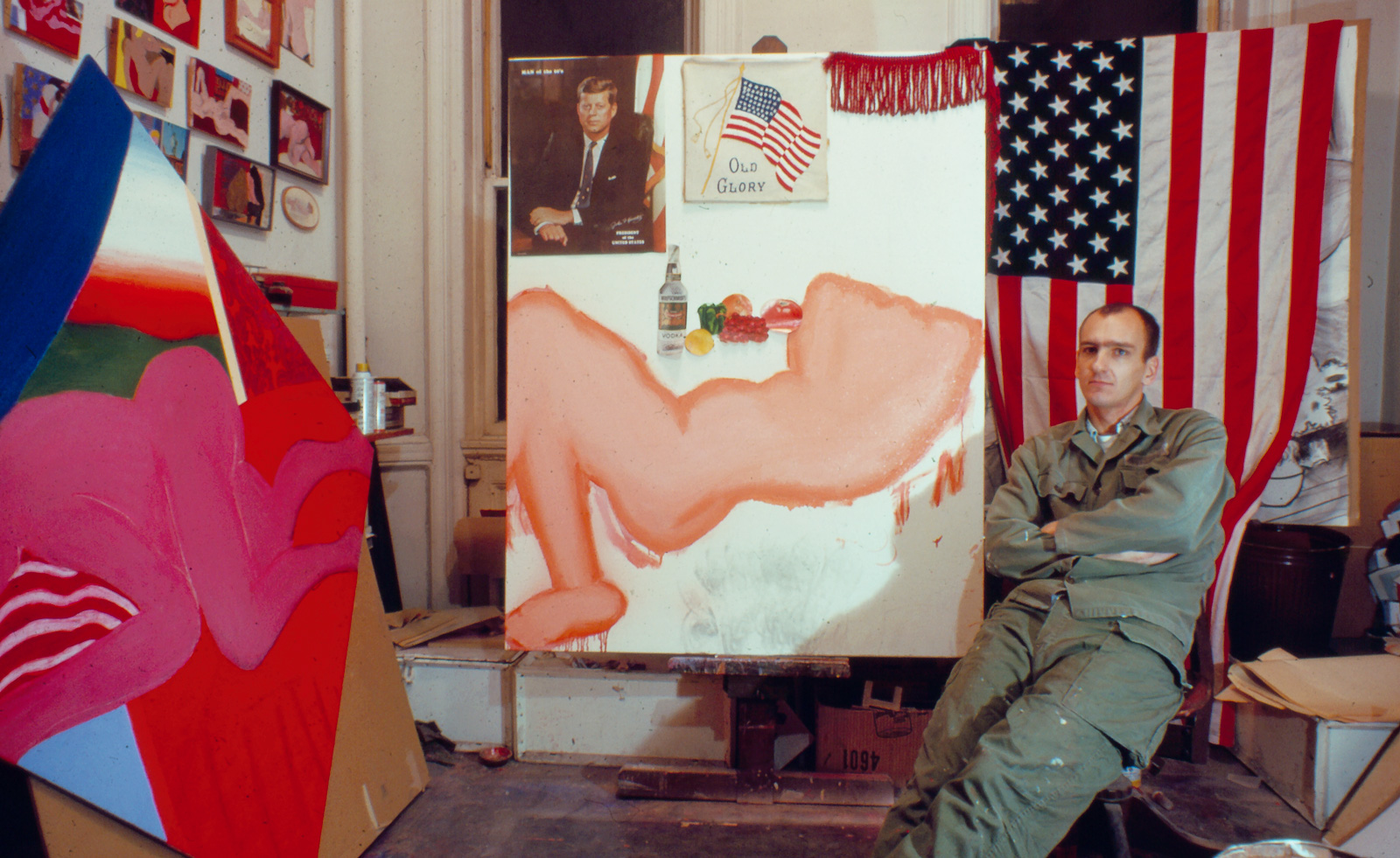 Tom Wesselmann’s 'Up Close' and the anatomy of desire
Tom Wesselmann’s 'Up Close' and the anatomy of desireIn a new exhibition currently on show at Almine Rech in London, Tom Wesselmann challenges the limits of figurative painting
By Sam Moore
-
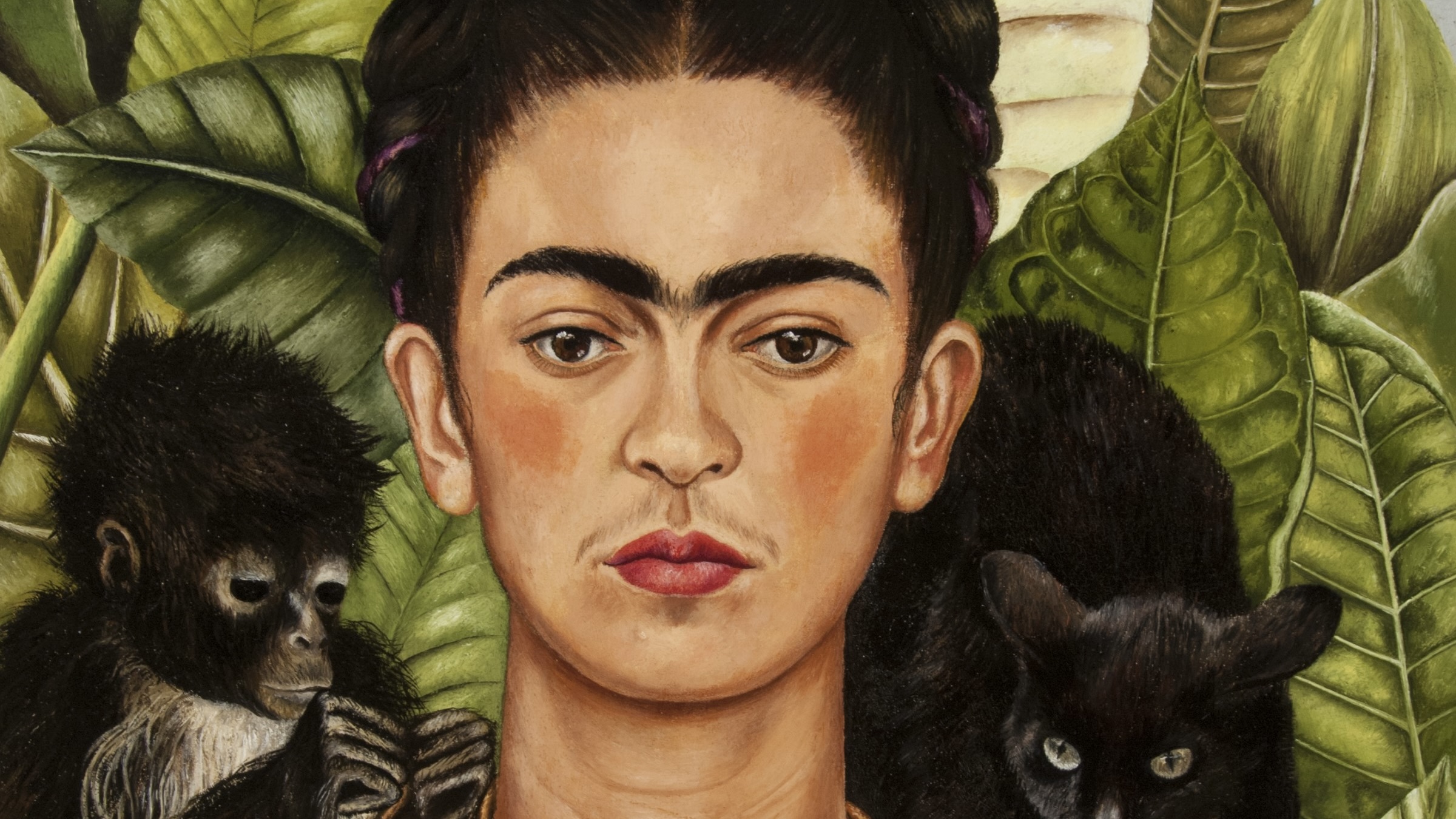 A major Frida Kahlo exhibition is coming to the Tate Modern next year
A major Frida Kahlo exhibition is coming to the Tate Modern next yearTate’s 2026 programme includes 'Frida: The Making of an Icon', which will trace the professional and personal life of countercultural figurehead Frida Kahlo
By Anna Solomon
-
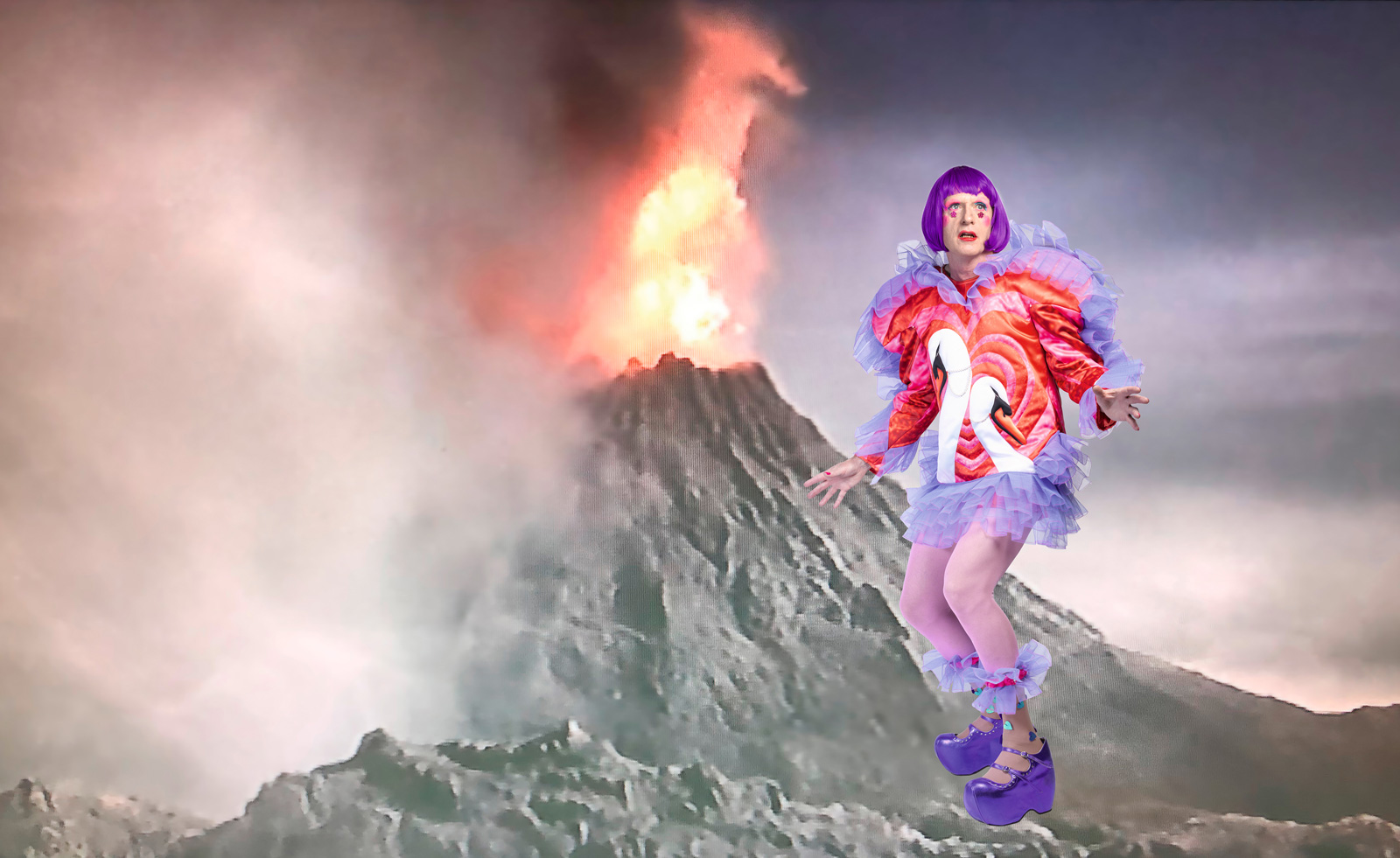 A portrait of the artist: Sotheby’s puts Grayson Perry in the spotlight
A portrait of the artist: Sotheby’s puts Grayson Perry in the spotlightFor more than a decade, photographer Richard Ansett has made Grayson Perry his muse. Now Sotheby’s is staging a selling exhibition of their work
By Hannah Silver
-
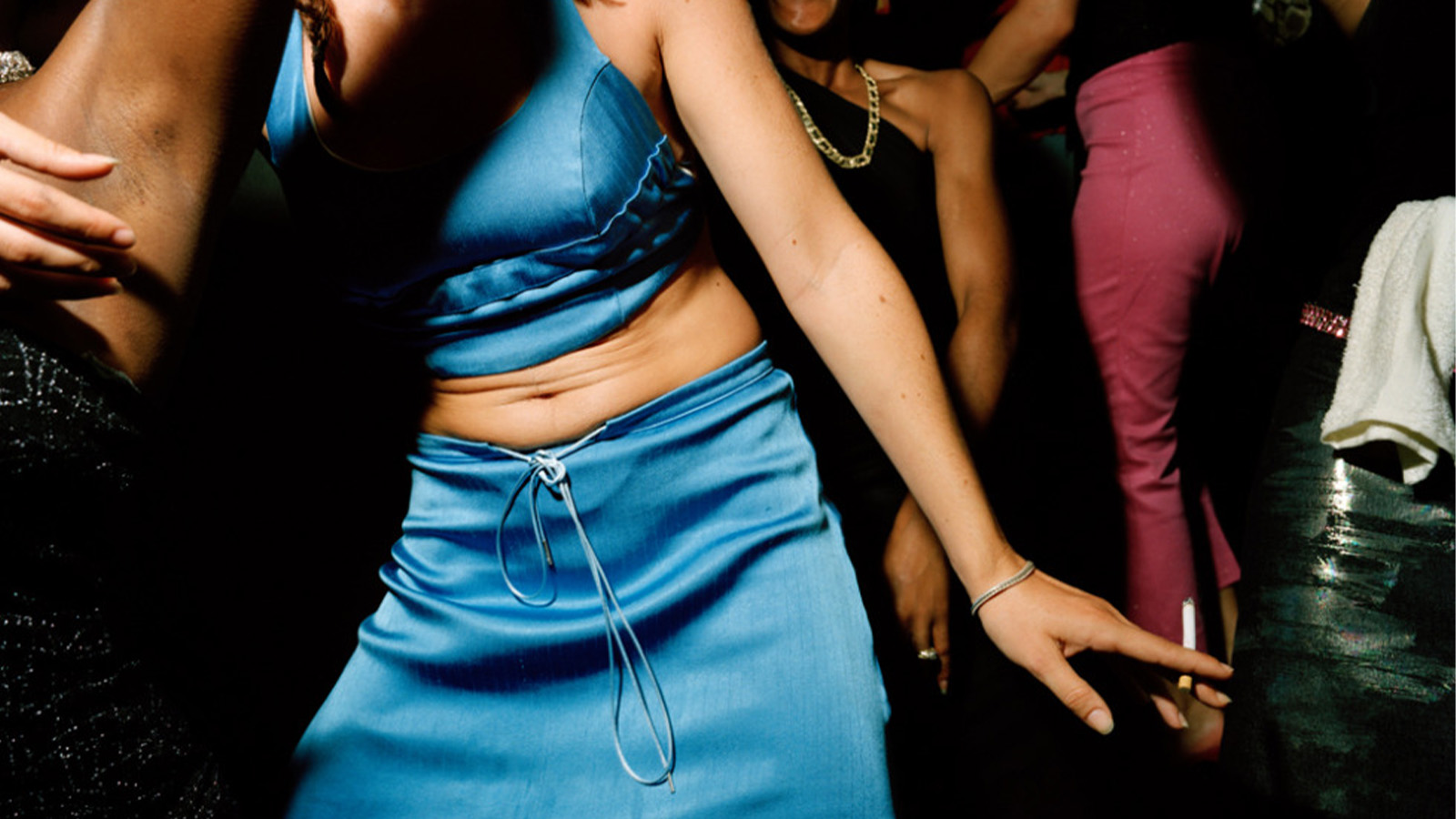 From counter-culture to Northern Soul, these photos chart an intimate history of working-class Britain
From counter-culture to Northern Soul, these photos chart an intimate history of working-class Britain‘After the End of History: British Working Class Photography 1989 – 2024’ is at Edinburgh gallery Stills
By Tianna Williams
-
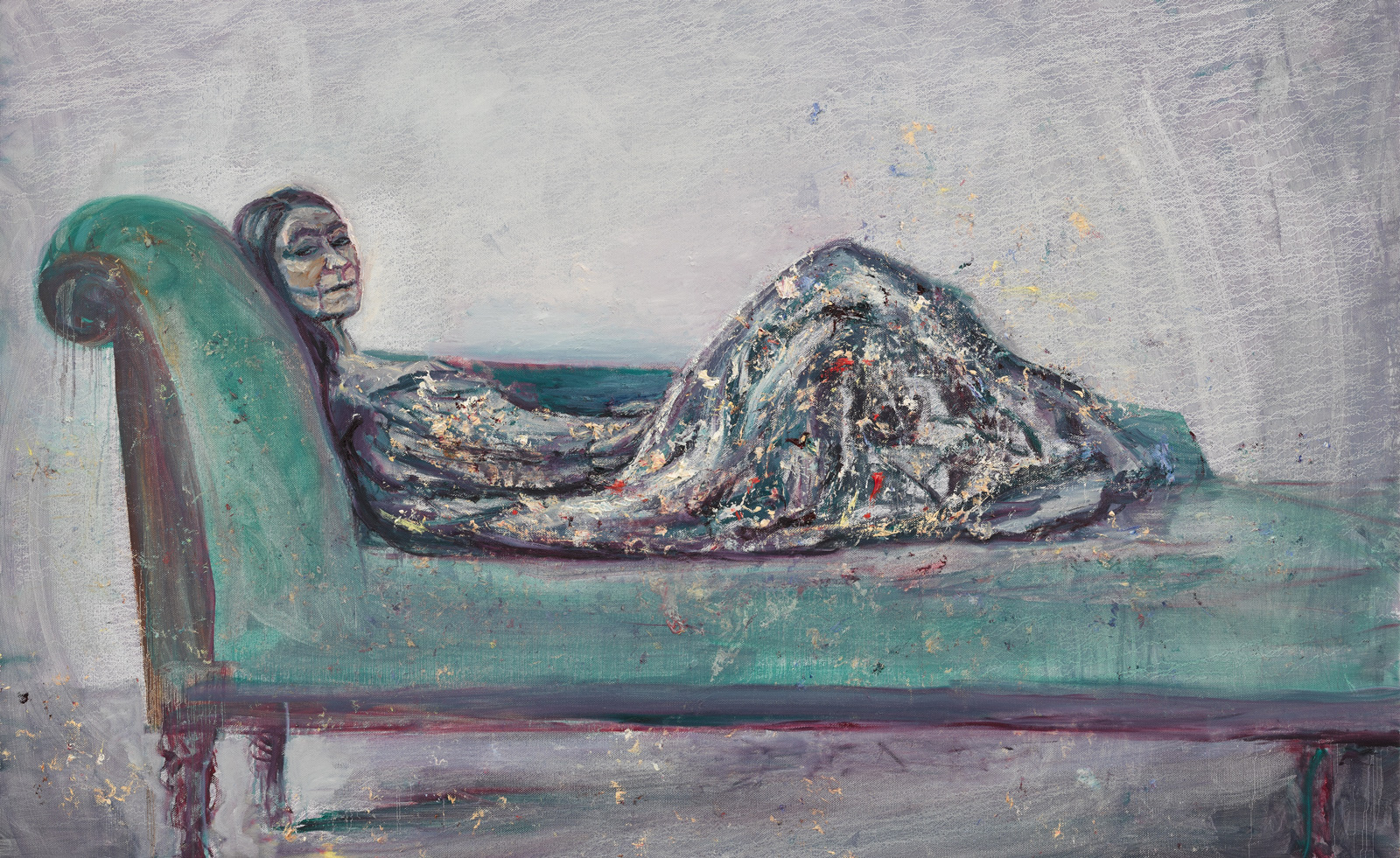 Celia Paul's colony of ghostly apparitions haunts Victoria Miro
Celia Paul's colony of ghostly apparitions haunts Victoria MiroEerie and elegiac new London exhibition ‘Celia Paul: Colony of Ghosts’ is on show at Victoria Miro until 17 April
By Hannah Hutchings-Georgiou